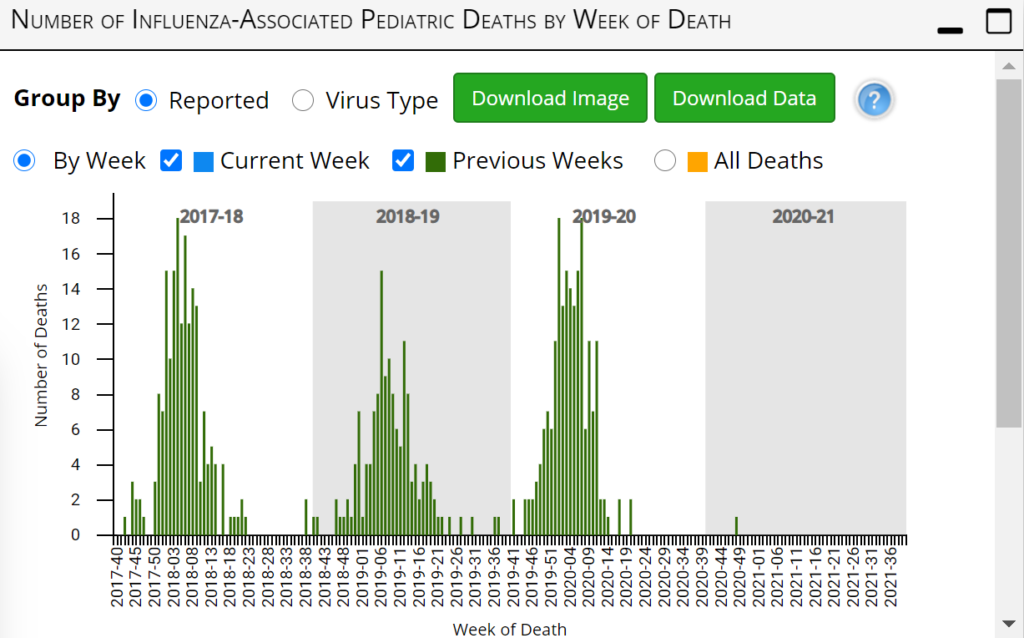Link: https://reason.com/2023/02/07/masks-covid-dont-work-cochrane-library-review-mandate/
Excerpt:
The wearing of masks to prevent the spread of COVID-19 and other respiratory illnesses had almost no effect at the societal level, according to a rigorous new review of the available research.
“Interestingly, 12 trials in the review, ten in the community and two among healthcare workers, found that wearing masks in the community probably makes little or no difference to influenza-like or COVID-19-like illness transmission,” writes Tom Jefferson, a British epidemiologist and co-author of the Cochrane Library’s new report on masking trials. “Equally, the review found that masks had no effect on laboratory-confirmed influenza or SARS-CoV-2 outcomes. Five other trials showed no difference between one type of mask over another.”
That finding is significant, given how comprehensive Cochrane’s review was. The randomized control trials had hundreds of thousands of participants, and made useful comparisons: people who received masks—and, according to self-reporting, actually wore them—versus people who did not. Other studies that have tried to uncover the efficacy of mask requirements have tended to compare one municipality with another, without taking into account relevant differences between the groups. This was true of an infamous study of masking in Arizona schools conducted at the county level; the findings were cited by the Centers for Disease Control and Prevention (CDC) as reason to keep mask mandates in place.
Author(s): Robby Soave
Publication Date: 7 Feb 2023
Publication Site: Reason



